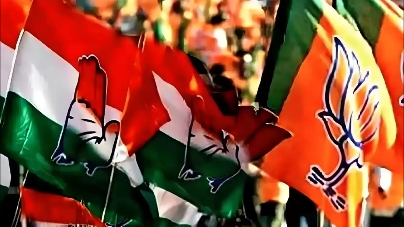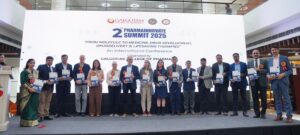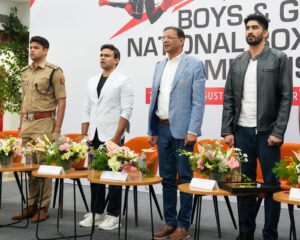Sanjana Yadav
At its core, the bloc represents a collective resistance to the BJP’s political dominance. But this time, unlike previous opposition groupings, INDIA appears more strategic — blending strong regional influence with a message that resonates nationally. The focus has shifted from mere survival to reclaiming relevance and sparking revival.
Comprising parties like the Congress, TMC, DMK, AAP, and various regional forces, the alliance is learning how to reconcile ideological differences with political pragmatism. While divergences remain, a common commitment to protecting democratic values, promoting social justice, and ensuring economic fairness is providing cohesion.
Recent victories in bypolls and the success of joint rallies have indicated that this is more than a symbolic alignment. Rahul Gandhi’s newfound consistency, Mallikarjun Kharge’s calm leadership, and Mamata Banerjee’s fiery addresses are creating momentum — even prompting cautious recognition from BJP insiders.
Efforts around coordinated public campaigns, digital outreach, and youth mobilization are being executed across party lines. The INDIA bloc has grasped that in today’s politics, perception is just as critical as policy. Their rallying cry — “Desh Ke Liye INDIA” — is beginning to find resonance.
Still, hurdles remain. Seat-sharing talks are fraught with friction, personal ambitions are evident, and the central leadership structure lacks clarity. But at the moment, the public sees a viable alternative — and that in itself is progress.
As one senior JD(U) leader remarked, “We may have our disagreements, but when democracy is under threat, we stand united.” That sentiment — though not without its strains — is starting to take root.
Politics often hinges on perception. And the INDIA bloc is steadily building an image of promise: inclusive, secular, pro-poor, and committed to decentralization. Whether it endures or fades will depend not just on tactics, but on authenticity.
Democracy flourishes through diversity — not dominance. It requires debate, dissent, and genuine options. After years of a one-sided political narrative, Indian democracy is beginning to sound more like a dialogue again.


